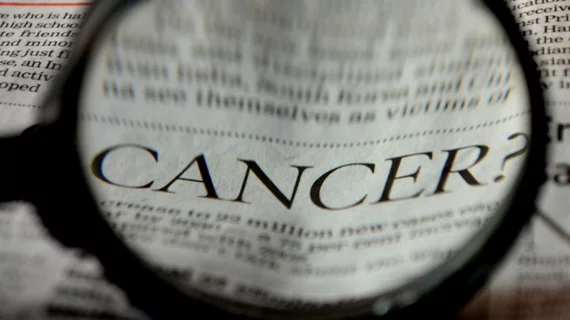MRI-guided focal HDR-BT has low toxicity rates, little negative impact on quality of life
MRI-guided focal high dose rate brachytherapy (HDR-BT) presents low toxicity rates and maintains quality of life when used to treat prostate cancer, according to new research published in Radiotherapy and Oncology.
“In prostate cancer, several treatment modalities have been described in literature, including high-intensity focused ultrasound (HIFU), cryotherapy, focal laser ablation (FLA), irreversible electroporation (IRE), focal brachytherapy (BT), vascular targeted photo-dynamic therapy (VTP) and external beam stereotactic ablative radiotherapy (SABR),” the researchers, led by Metha Maenhout, MD, of the University Medical Center Utrecht in the Netherlands, wrote. “Currently there are no clear recommendations as to which technology to use for a specific patient. In a recent literature overview side effects were shown to be low across different studies and different focal treatment modalities, modalities with urinary continence rates of 90 and 100 percent and erectile dysfunction between 5 and 52 percent.”
Maenhout and colleagues sought to better understand the toxicity, biochemical outcome and quality of life rates for single-fraction MRI-guided HDR-BT for localized prostate cancer.
The study cohort consisted of 30 patients over the age of 65 who exhibited visible tumors who were treated between May 2013 and April 2016.
After an average of 24 months of follow-up, the researchers found that for all measure time points, there was no statistically significant deterioration in quality of life. Specifically, the researchers found:
- One patient developed a grade 2 acute urinary retention and grade 3 hematuria after treatment, was hospitalized and received a temporary urethral catheter.
- The other 29 patients did not developed any intraoperative or perioperative complications greater than grade 2.
- 19 patients did not exhibit a change in erectile function, eight patients had a slight deterioration of erectile function, two patients developed grade 2 erectile dysfunction and one patient developed grade 3 erectile dysfunction.
- Five patients developed biochemical recurrence.
- Two patients exhibited distant metastases, which was detected on a 68 Ga-PSMA scan after the first treatment.
- Tiredness, psychological complaints and general health showed a difference of more than 10 points between baseline and follow-up.
- Social functioning and pain a month after treatment showed a decrease of less than 10 points post treatment.
- Vitality, mental health and general health showed an increase of more than 10 points after treatment.
While the findings are generally positive, the researchers noted the study only shows short-term results in a small patient group and could underestimate toxicity.
“Further prospective trials are required to further investigate outcome after different focal treatment techniques,” the researchers concluded. “Expert consensus suggests different techniques may favor outcome for different tumor locations. [For example], apical lesions, when treated with focal brachytherapy, are expected to have less risk on urethral morbidity.”
The authors wrote focal MRI guided HDR-BT for LPR is safe regarding acute toxicity, but longer follow-up is necessary to assess chronic toxicity and quality of life.

